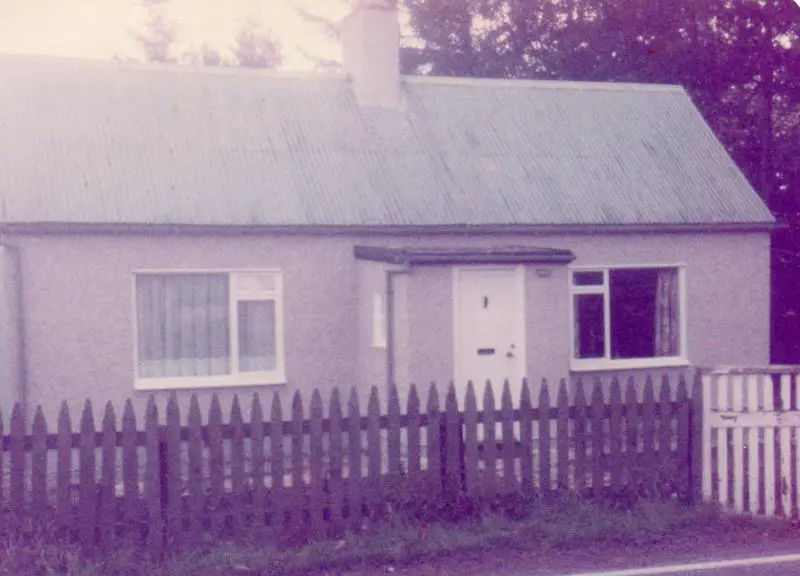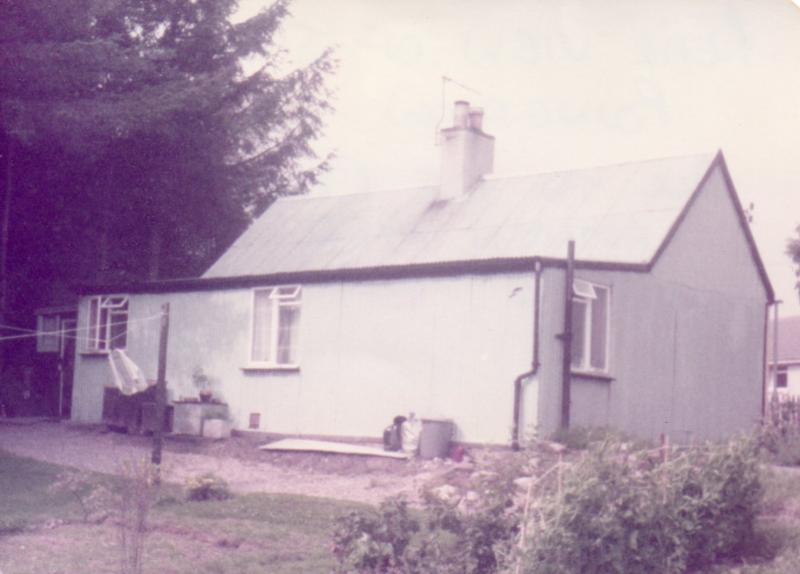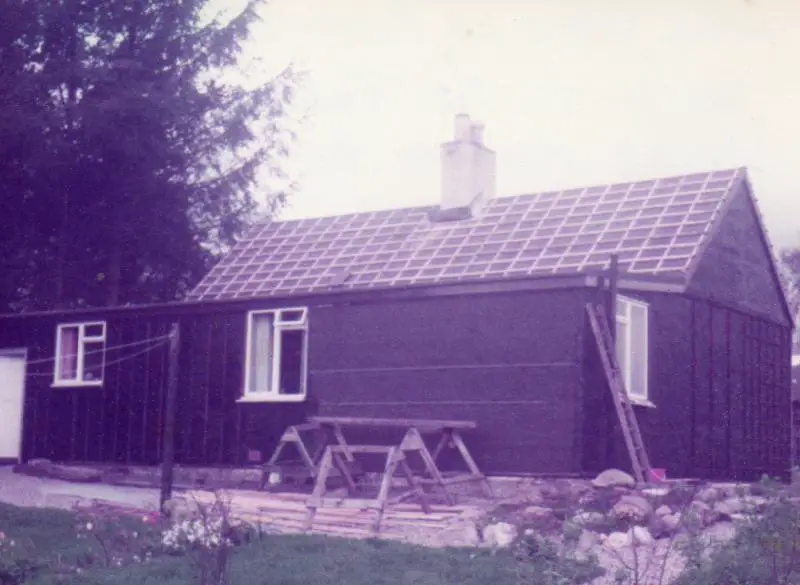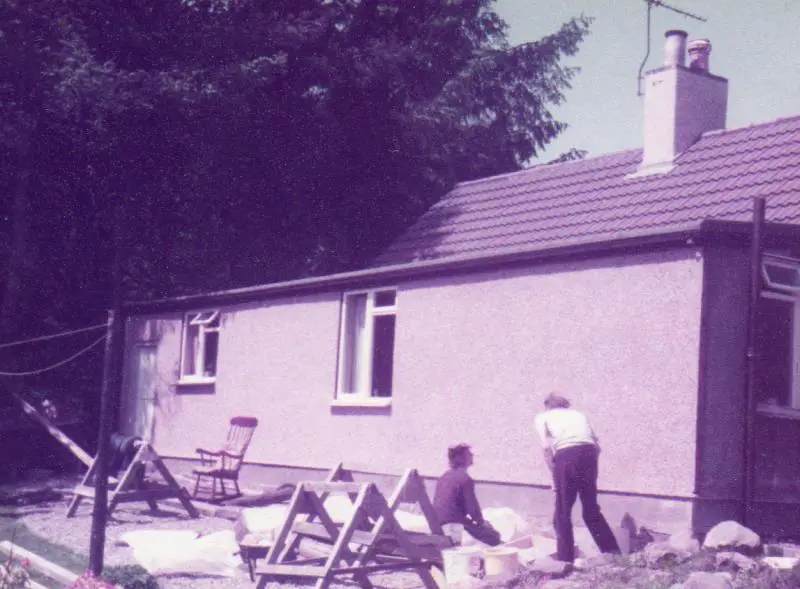Hi all, first post here so just want to say a massive thanks for all the knowledge gained through the site, I'm a joiner by trade but through the site have so far rewired, replumbed, and plastered the house saving thousands, so a huge thanks.
So onto my next challenge, the exterior... I want to render the outer walls front and back (mid-terrace) but they are'nt standard brick built, instead they have a single skin of brick from ground to top of g/floor window with the first floor wall being timber construction with an aluminium cladding, the rear is completely timber built.
i've just a few questions to get me on my way if you would'nt mind,
1) what surface should I be laying the render onto? I've seen cement particle board which i like the sound of as i could screw this straight into the timbers, but then again i've noticed there's kind of a wire mesh which you can get. Is it simply a toss up between the two or a combination of both ie. CPB fixed to the timbers then the mesh attached to the boards?
2) what's the general process involved in rendering? as i say, I've managed to plaster majority of the interior to a decent standard (give or take a bit of filling here or there ) ut with rendering how similar/different is it... I've heard sponges being used etc.
) ut with rendering how similar/different is it... I've heard sponges being used etc.
3) what materials should i be using? i'm inclind to go for sand and cement, is this right or should i be using a specialist product? what about additives ie for weatherproofing and the like.
again many thanks
Dan
So onto my next challenge, the exterior... I want to render the outer walls front and back (mid-terrace) but they are'nt standard brick built, instead they have a single skin of brick from ground to top of g/floor window with the first floor wall being timber construction with an aluminium cladding, the rear is completely timber built.
i've just a few questions to get me on my way if you would'nt mind,
1) what surface should I be laying the render onto? I've seen cement particle board which i like the sound of as i could screw this straight into the timbers, but then again i've noticed there's kind of a wire mesh which you can get. Is it simply a toss up between the two or a combination of both ie. CPB fixed to the timbers then the mesh attached to the boards?
2) what's the general process involved in rendering? as i say, I've managed to plaster majority of the interior to a decent standard (give or take a bit of filling here or there
3) what materials should i be using? i'm inclind to go for sand and cement, is this right or should i be using a specialist product? what about additives ie for weatherproofing and the like.
again many thanks
Dan





